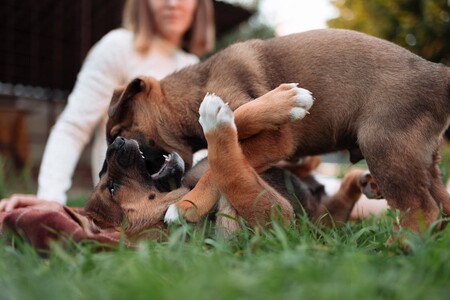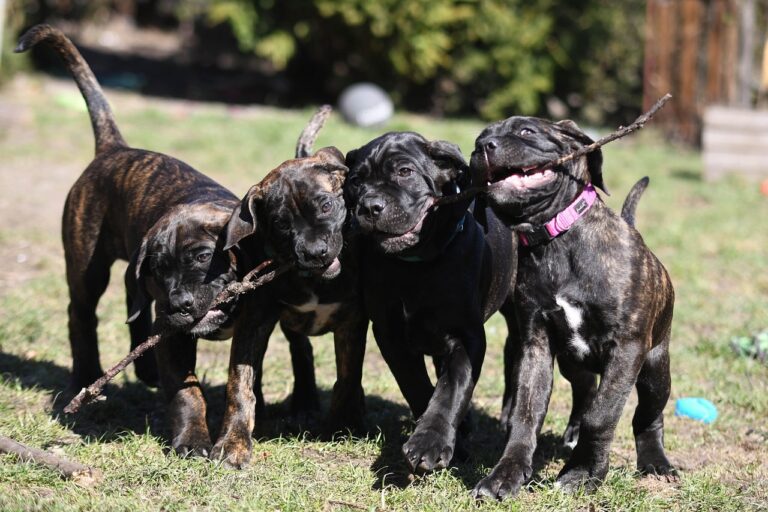We’ve all seen it—dogs racing across the dog park when their humans call, leaping joyfully into their arms like something out of a movie. That kind of recall isn’t just impressive; it’s a lifeline. In the world of dog training, recall—the act of getting your dog to come to you when called—is often taught like any other trick. But here’s the truth: solid recall isn’t just about obedience. It’s about trust, communication, and safety.
Let’s break down why solid recall is more than just a trick—and how building it strengthens the connection between you and your dog.
1. Recall Can Save Lives
Imagine your dog slips their leash near a busy road or bolts toward a wild animal on a hike. In that split second, the only thing standing between your dog and potential danger is your voice. A reliable recall gives you the power to call your dog back from risky situations—and it could mean the difference between safety and tragedy.
Pro tip: Practice emergency recalls with high-value rewards so your dog associates coming to you with the best outcomes, even when distractions are high.
2. It’s a Sign of a Strong Relationship
When a dog comes to you enthusiastically and without hesitation, it’s not just about training—it’s about trust. Your dog trusts that coming to you leads to good things, not punishment, frustration, or tension. Solid recall shows that your bond is strong, and that your dog wants to be near you.
The takeaway: Building recall is about strengthening your relationship, not asserting control.
3. It Creates Freedom, Not Restriction
Many pet parents fear that teaching strict recall limits their dog’s ability to explore. But it’s the opposite. Dogs with strong recall get more freedom because you can trust them off-leash in safe environments. Instead of constantly managing them with tugs and corrections, you can relax knowing they’ll come back when called.
Freedom through training = a happier, more enriched dog.
4. It Requires Emotional Intelligence, Not Just Repetition
You can’t just drill “come” like a sit or shake. Recall works best when it’s rooted in emotional awareness. Your dog’s mood, environment, past experiences, and trust in you all play into whether they respond. Dogs aren’t robots—they’re sensitive beings who weigh their options.
That’s why recall training should always involve:
5. It’s a Daily Practice, Not a One-Time Lesson
Unlike party tricks that you might show off once in a while, recall has to be built into your everyday routine. Whether it’s calling your dog for dinner, asking them to come during a walk, or practicing in the yard, these everyday moments shape their response over time.
Pro tip: Always reward recall—yes, even when they’re older and “trained.” That reinforcement keeps the behavior fresh and reliable.
6. Mistakes are Part of the Process
If your dog doesn’t come when called, it’s not a failure—it’s information. It means something else was more interesting, or the environment was too overwhelming. Use it as a chance to adjust your training plan instead of getting frustrated.
Gentle consistency wins every time. Punishing a failed recall only teaches your dog that coming back might lead to something unpleasant—which works against your goal.
Final Thoughts: Recall is Connection
Solid recall isn’t flashy. It’s not a party trick to impress your friends (though it definitely can!). At its core, recall is about the deep connection between you and your dog. It’s about listening, trust, and responsiveness—on both sides of the leash.
So, the next time you’re practicing recall in your backyard or calling your pup in from the park, remember: you’re not just teaching a command—you’re building a relationship.
Happy training—and here’s to stronger bonds and wagging tails.








